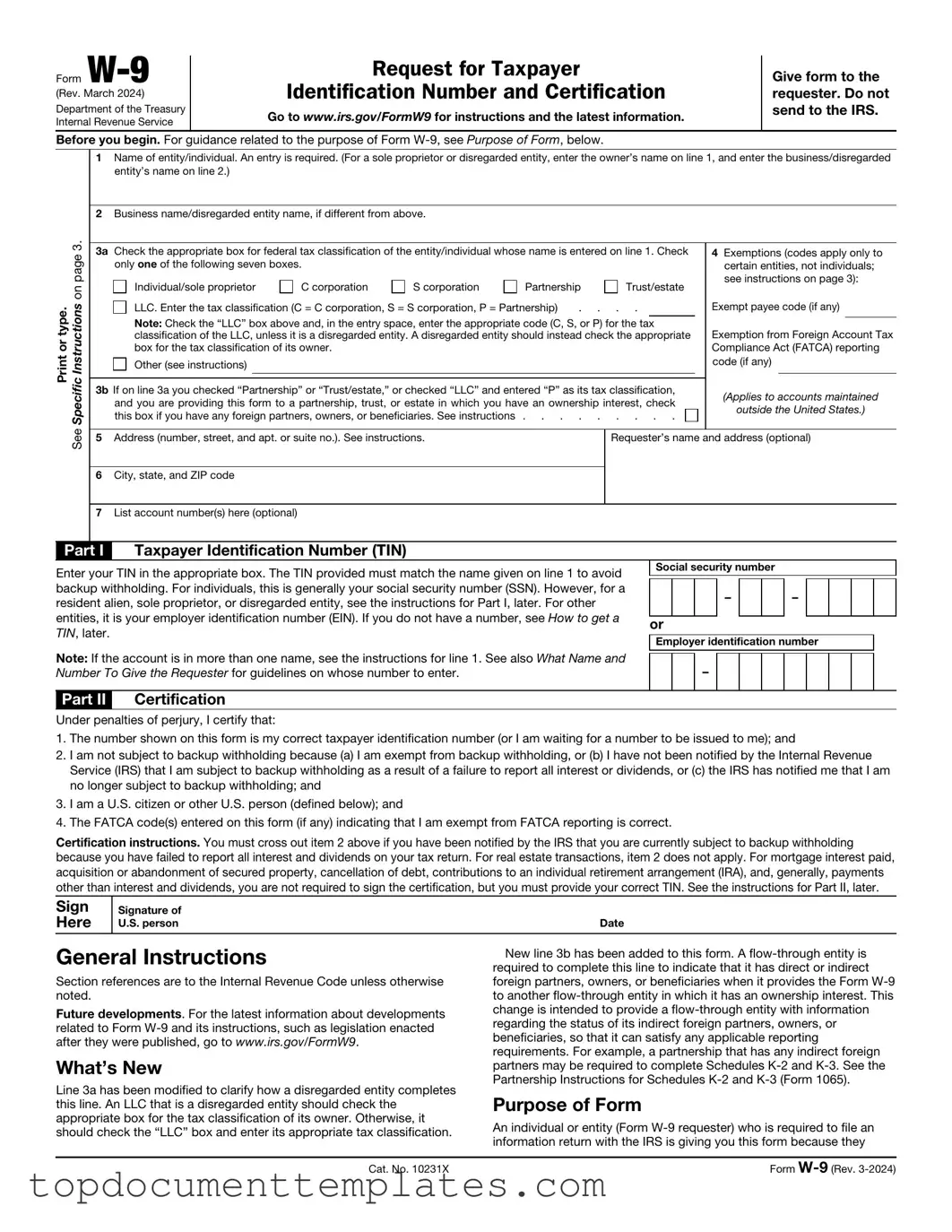The IRS W-9 form is a crucial document for individuals and businesses alike, serving as a means to provide essential taxpayer information to those who will be paying you. When you fill out a W-9, you’re essentially confirming your name, business name (if applicable), address, and taxpayer identification number (TIN), which can be your Social Security number or Employer Identification Number. This form is typically requested by clients or companies that need to report payments made to you to the IRS, such as freelancers, independent contractors, and other service providers. Understanding the importance of the W-9 form can help you avoid potential tax issues down the road. It’s important to remember that while the W-9 itself doesn’t determine your tax liability, it plays a significant role in ensuring that the correct information is reported to the IRS. Completing this form accurately is essential for maintaining compliance and ensuring that you receive the payments you’re owed without unnecessary delays or complications.
